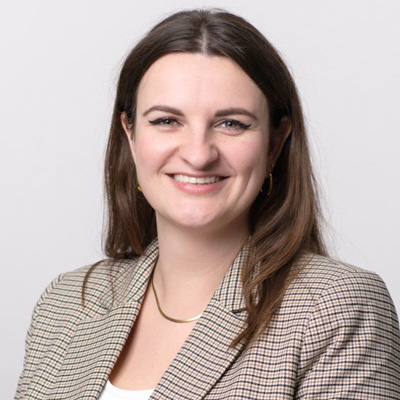
Poster presentation
Size
When creating a poster, please use A0 size in portrait mode. A0 is 1,19m high and 0,84m wide. So 119cm by 84 cm or 46.85 inch by 33.07 inch. When preparing your poster, please use letters of at least 0.5 cm in height, try to avoid font size 18 and lower and present data preferably in tables or figures.
Presentation
Poster sessions are included in the program. The organisers request that poster presenters to stand by their boards in exhibition area during the poster sessions for queries and discussion. Poster presenters should refer to the final program to check which poster board number has been allocated to them, the committee will announce the final program at least 2 weeks prior to the symposium.
PowerPoint
If you want to work with PowerPoint this is the way to get a vertical poster (might differ between versions).
- File → new → Empty presentation (select)
- Use top menu → Design → Slide size → Custom slide size → Slides: Portrait (select) then fill in custom, put in: hight 1,19m and width 0,84m. So 119cm by 84 cm or 46.85 inch by 33.1 inch.
- Use Insert in the top menu to insert text and images.
Printing
Please make sure you bring your own poster with you in printed form and please don’t print your poster on cotton. The material for mounting your posters (tape etc.) will be provided by the organisation, but doesn’t work well with cotton.
The abstract submission portal has now opened
Abstract submission deadline is 15th of April 2024 (23:59 GMT)
Acceptance letters will be send after May 30th.
Abstract submission is online via a link, with the option to select an oral presentation or a poster. Student bursaries will be available for in-person presentations. Weurman contributors will be invited to submit a full paper to Journal Agricultural and Food Chemistry.
Please submit your abstract and aligned with one of the conference themes;
- Multimodal flavour perception: from mixtures of compounds to brain integration
- Flavour perception: from molecules to receptors to perception
- Role of flavour in food intake and well-being
- Flavour representation (naturality, authenticity)
- Sensory analysis and flavour perception
- Flavour generation
- Modelling flavour compounds activity
- New analytical tools for flavour analysis
Please use the Abstract template provided in the abstract form.
Got questions?
Don’t hesitate to contact us
